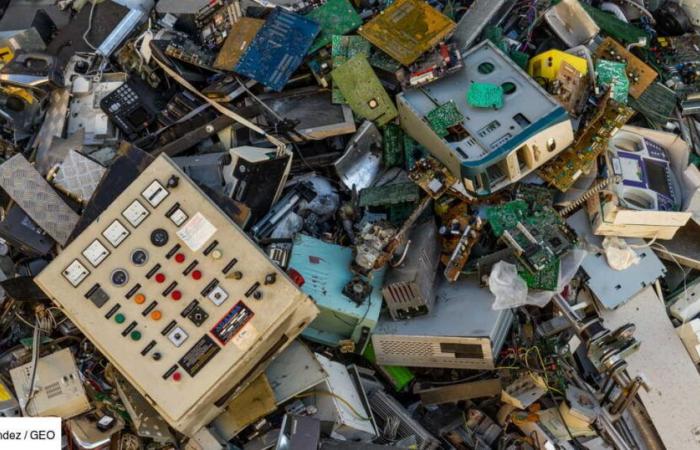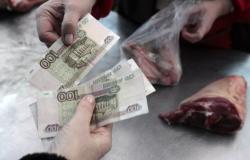Distant is today the method of the first gold prospectors, with their feet in the water, small sieve in hand. Most current gold extraction methods use extremely toxic chemicals, such as cyanide and mercury, and enormous quantities of water. And we only recover ten grams of gold in a ton of ore.
But there is another technique, bioleaching. It is based on the use of bacteria, such as Acidithiobacillus ferrooxidansto recover gold and other metals from mining waste and, after separation and filtration, from used electronic devices.
An old method
“Estimates vary, but a ton of circuit boards could contain 150 grams or more of pure gold which, because it does not tarnish, produces stable electrical connections”explain The Economistwhich devotes an article to this method. According to figures from the United Nations, of the 62 million tonnes of electrical items discarded worldwide in 2022, less than a quarter of them are considered recycled. But rather than burning or melting these metals, using bacteria could be a game-changer. And the method is not new.
Waste: overdose
“More than 2,000 years ago, leaching of metals was found to turn water in copper mines blue. It was not until the 1950s, after it was discovered that bacteria were responsible, that the process was commercialized to recover materials leftover from tailings, liquid and solid waste from mining operations.details the British magazine.
Ultimately, a natural and sustainable process
In order to improve and accelerate the performance of this method, it is necessary to build custom processing plants that use a combination of similar, naturally occurring, non-pathogenic bacteria. And above all to offer them an adequate environment. This will soon be the case within the bioleaching plant built in Cambridge (England), whose capacity is one thousand tonnes per year, by the urban mining company Bioscope Technologies.
“These include a carefully controlled acidic environment, a temperature below 50°C and a good supply of oxygen in the breeding tanks. Once these pampered bacteria are mixed with ground s in a reaction chamber, they digest a large part of the metals within a day or two”details The Economist.
A quick process that allows you to recover gold very easily by adding a little water. The bacteria are then reused. “The idea is to create a closed, circular recycling system that accelerates a natural process and is sustainable.”explains Jeff Bormann, general director of Bioscope. If the process already makes it possible to recover almost all of the gold, silver, copper, palladium and tin contained in crushed tar sands, Bioscope hopes to also be able to extract zinc, gallium and tantalum.






